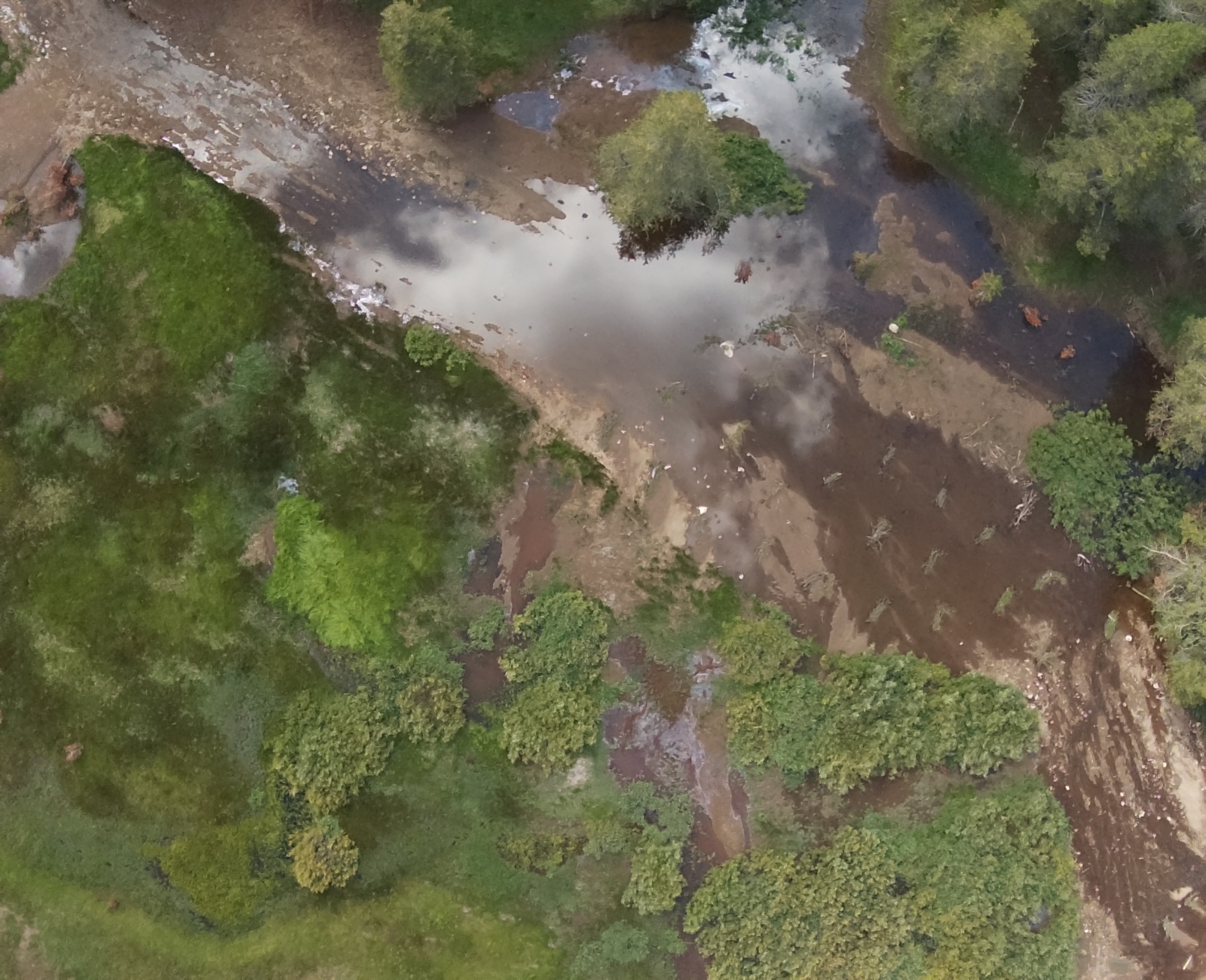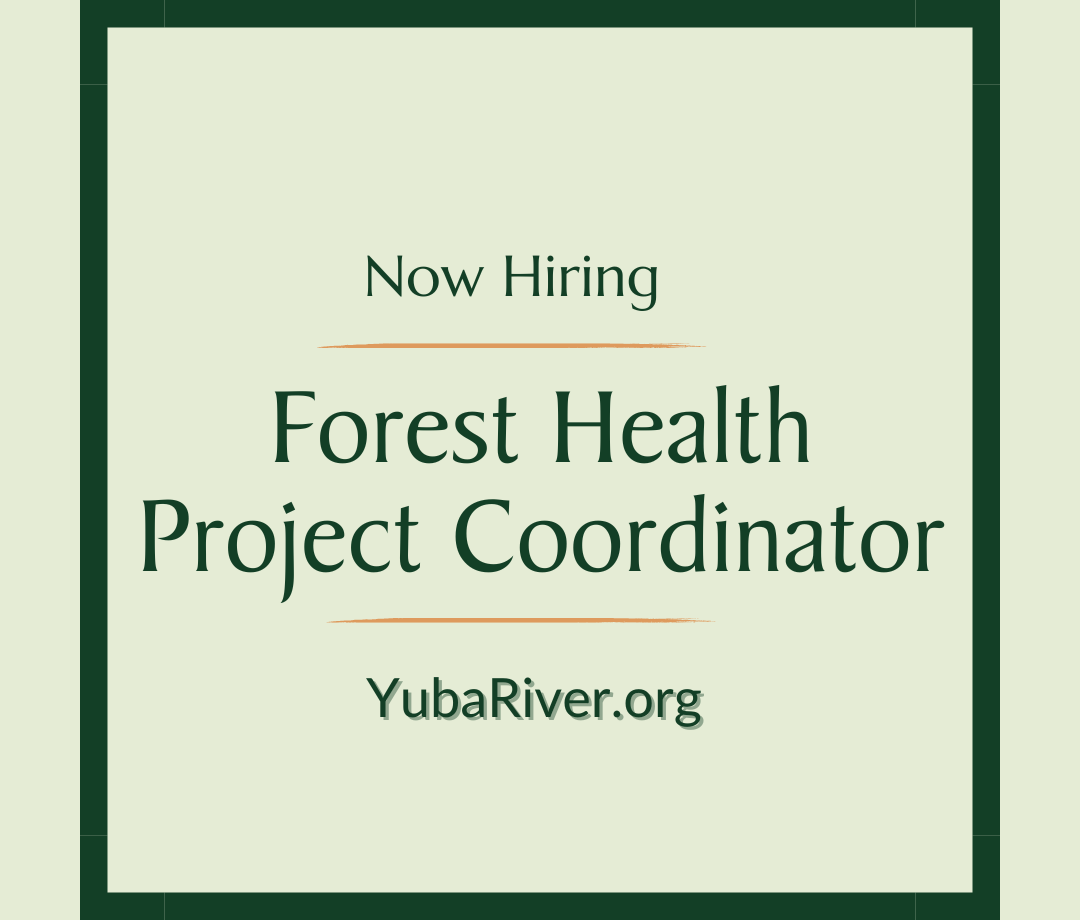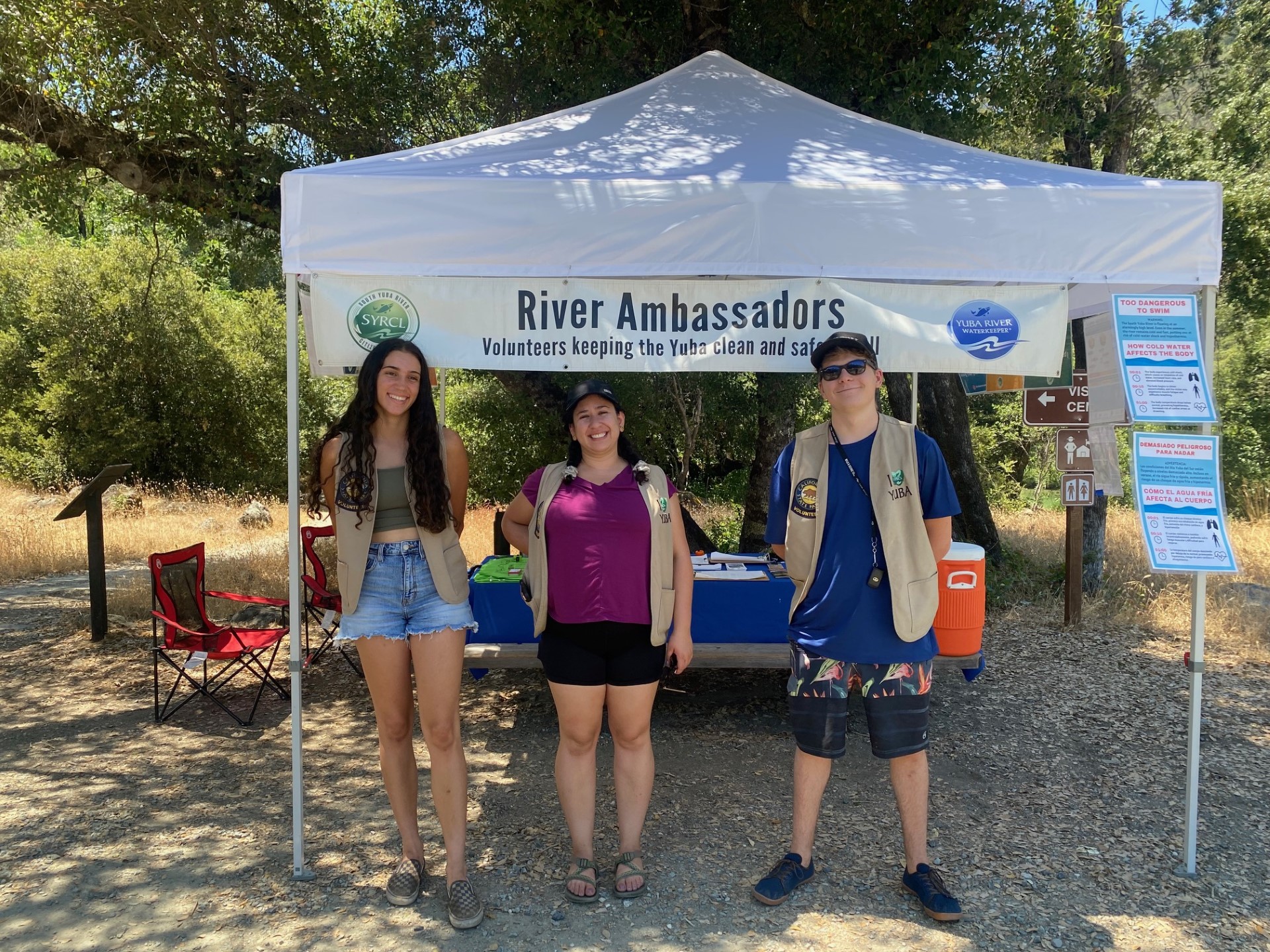Restoration & Redds: Findings from our 2021 Survey
The Yuba’s beloved salmon make a yearly journey upstream to spawn in nests called redds. In the late fall of 2021 and 2022, South Yuba River Citizens League (SYRCL) and Cramer Fisheries Sciences (CFS) staff conducted surveys of these redds at the control site (UC Sierra Foothill REC property) to figure out how many the salmon constructed.
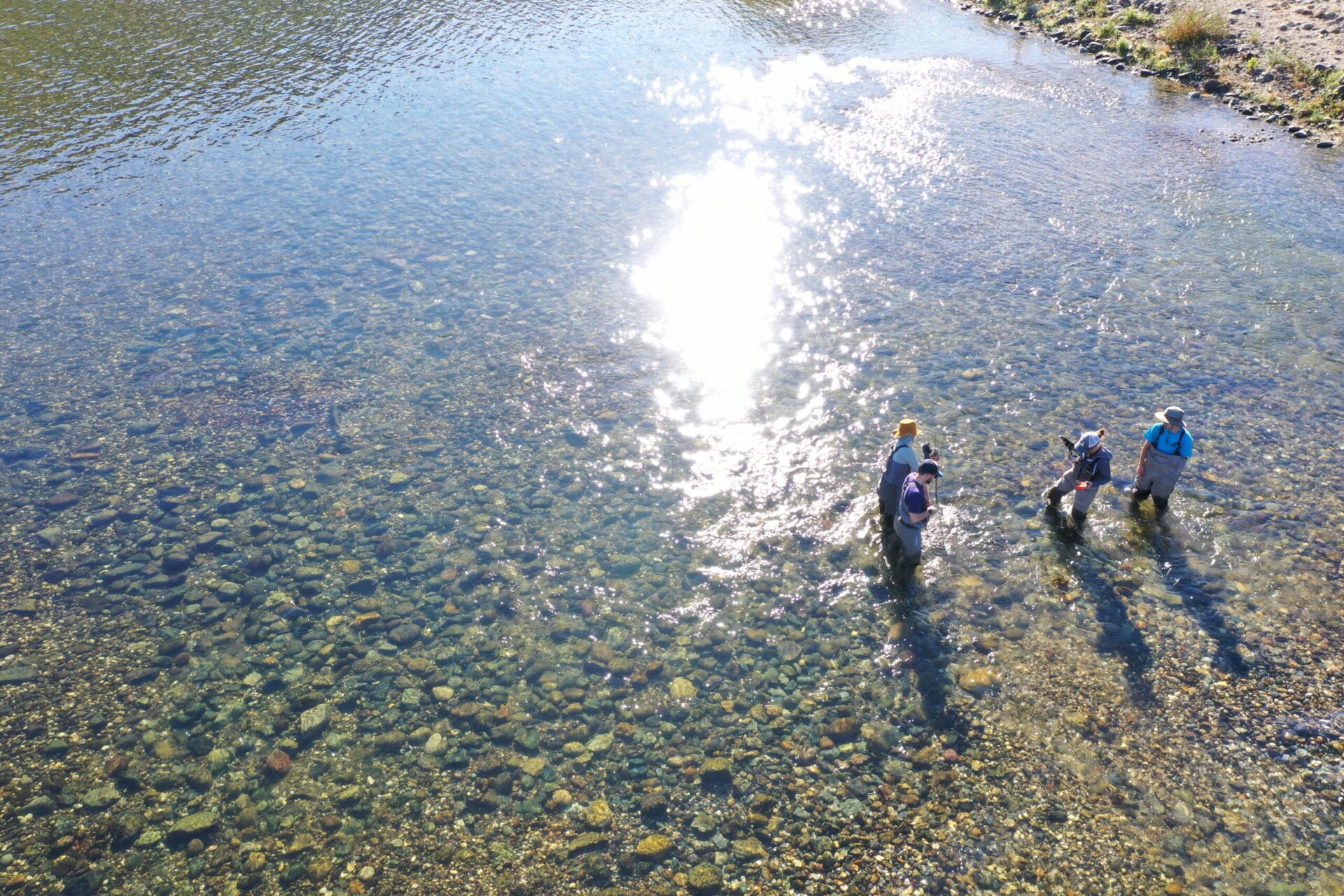
Spring run chinook salmon are a threatened species on the Yuba. In recent years, a mere 2,000 to 5,000 make it above Daguerre Point Dam each year to mate on average. This represents a 99.5% decline from historic populations. SYRCL is working with partners, including CFS, to give salmon a better shot at survival by restoring sections of the lower Yuba.

The information collected from the redd survey will help us better estimate the impact of planned restoration projects on salmon spawning behavior at two locations. The first location – the UC Sierra Foothill REC property control site – won’t be changed as a result of the restoration project. It is located roughly 1.5 miles downstream of the project site. The restoration project at the Rose Bar project site is focused on enhancing the amount and quality of spawning habitat. If the restoration project is a success we will see more redds at the restoration site after the project is completed without seeing a decrease in redds at the control site.
Scientists measured 28 redds at the control site in 2021 via on the ground surveys and spotted 9 more redds via aerial imagery. This is similar to the 2020 numbers, which recorded 21 redds via on the ground efforts and 15 redds aerially. At the project site, no redds were spotted in 2021 compared to 7 in 2020. This decrease may have primarily been caused by movement of some rocks in the channel via the 2021 atmospheric river events prior to the survey season, but it also shows that there is a need for the restoration work that SYRCL and CFS are doing.
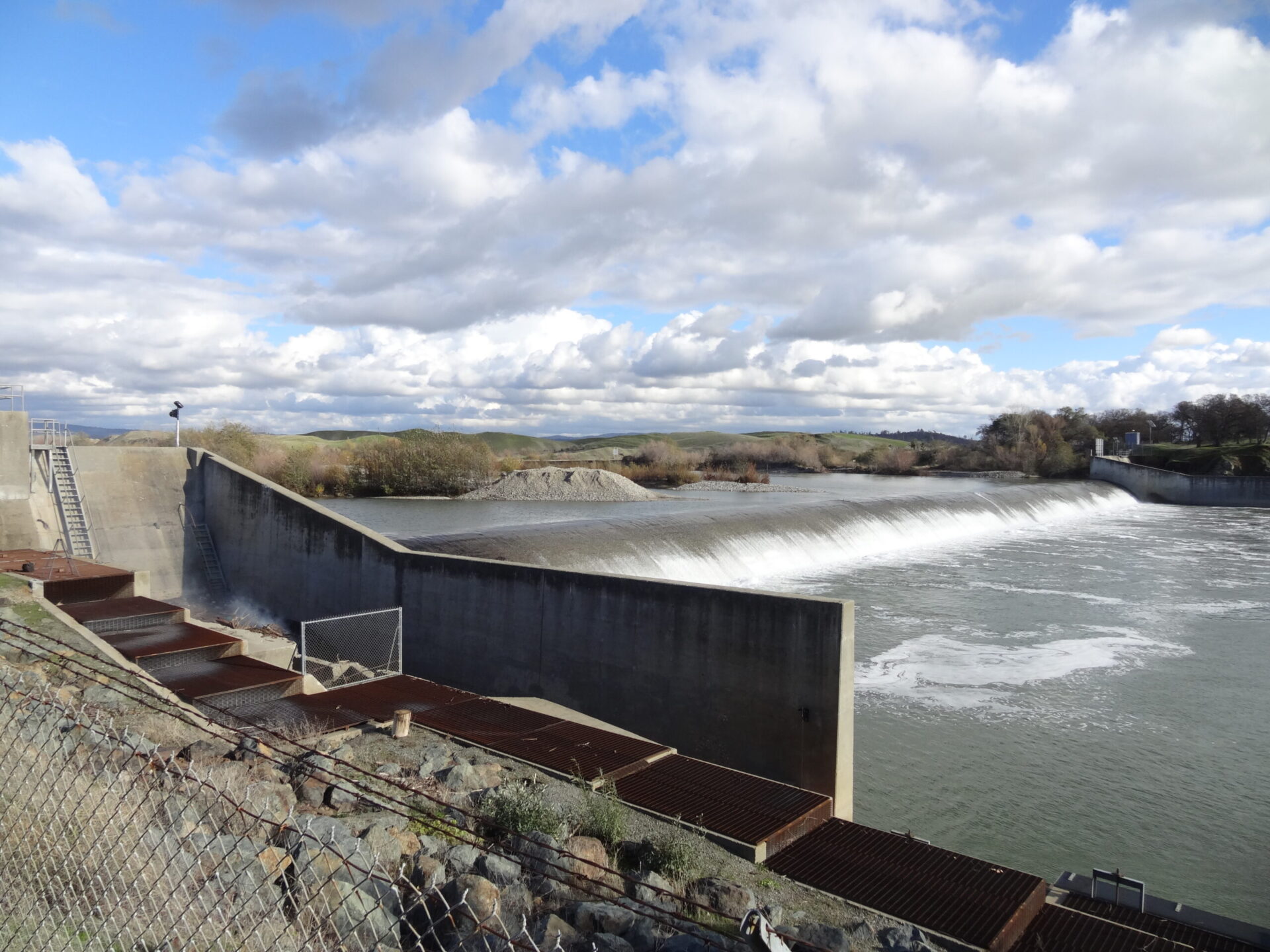
Salmon can no longer reach their historic spawning grounds due to human impediments such as dams, so restoration work is vital to ensuring that there is plenty of spawning space available to the fish. As of the end of January 2022, approximately 5,000 adult chinook salmon passed Daguerre Point Dam (compared to 3,500 during the same time period last year) but we don’t know how many of those successfully spawned. While these social spawners choose to spawn in communities, the limited suitable spawning conditions decreases redd quality and therefore reduces the hatch rate success.
Downstream of the study sites, more restoration work is being done to ensure that once hatched, the juveniles have the greatest chance of growing strong and heading out to the ocean. Less than one percent of fish that swim to the ocean make it back to the rivers, so ensuring that there is lots of space for healthy redds, and lots of habitat for the juveniles to grow big and strong is imperative to increasing the population of fish in our rivers.
Beyond these restoration projects in the lower Yuba, this kind of survey also supplies an index of how the salmon population is doing and will inform future restoration efforts.
SYRCL works from many different angles to save this keystone species, including restoration, education, and advocacy. If you want to get more involved, you can volunteer with us and/or sign up for our newsletter.
Did you enjoy this post?
Get new SYRCL articles delivered to your inbox by subscribing to our ENews.

